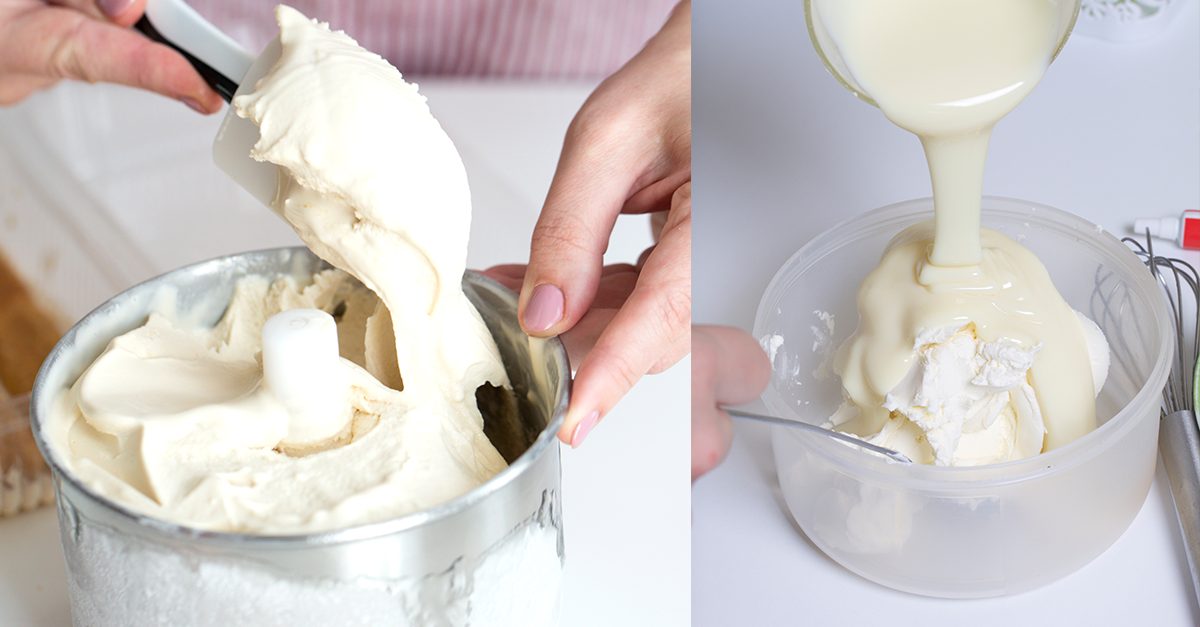How to Substitute Corn Starch in Your Recipes
Running out of cornstarch in the middle of cooking can be frustrating, but there are plenty of substitutes that work just as well. Some alternatives are better for thickening sauces, while others are ideal for baking or frying. The key is choosing the right substitute for your dish. Here’s what to use and when.
;)
Cornstarch is known for its neutral taste and powerful thickening ability. The best substitutes should provide a similar texture without altering the flavor of your dish. Some alternatives, like flour, need to be used in larger amounts, while others, like potato starch, work as a one-to-one replacement. The key is knowing which substitute works best for your specific recipe.
Here are the best cornstarch substitutes and how to use them effectively.
1. Flour

Plain flour is a simple replacement for cornstarch, but because it contains less starch, you will need twice as much to achieve the same thickening effect.
- Best for: Soups, sauces, and gravies
- How to use: Replace 1 tablespoon of cornstarch with 2 tablespoons of flour
- Tip: Mix it with cold water first to prevent lumps before adding it to hot liquids
2. Arrowroot Powder

Arrowroot powder is a gluten-free starch that works well in place of cornstarch. It has a neutral taste and creates a smooth, glossy finish in sauces. Unlike cornstarch, it does not break down in acidic liquids, making it useful for fruit-based fillings.
- Best for: Sauces, fruit fillings, and desserts
- How to use: Use 1 tablespoon of arrowroot for 1 tablespoon of cornstarch
- Tip: Do not overheat, as arrowroot can lose its thickening ability at high temperatures
3. Potato Starch

Potato starch is another gluten-free alternative with a high starch content, making it a powerful thickener. It works similarly to cornstarch but provides a slightly silkier texture.
- Best for: Soups, sauces, and baking
- How to use: Replace 1 tablespoon of cornstarch with 1 tablespoon of potato starch
- Tip: Add it at the end of cooking to prevent it from breaking down
4. Tapioca Starch

Tapioca starch (or tapioca flour) comes from cassava root and is commonly used in gluten-free baking. It thickens at lower temperatures than cornstarch, making it a good option for puddings and pie fillings.
- Best for: Desserts, pie fillings, and sauces
- How to use: Replace 1 tablespoon of cornstarch with 2 tablespoons of tapioca starch
- Tip: Tapioca creates a slightly chewy texture, so it may not work well in delicate sauces
5. Rice Flour

Rice flour is a fine, starchy powder that works well as a thickener. It has a neutral taste and produces a smooth texture in soups and sauces. It is commonly used in Asian cuisine for thickening broths.
- Best for: Soups, sauces, and frying
- How to use: Replace 1 tablespoon of cornstarch with 2 tablespoons of rice flour
- Tip: Mix it with cold water before adding it to hot liquids to avoid lumps
Which Substitute Should You Use?
The best cornstarch substitute depends on what you’re cooking:
For thickening sauces and soups: Arrowroot, potato starch, or flourFor baking: Tapioca starch or rice flourFor frying: Potato starch or rice flour
Each of these alternatives works well, but adjusting the quantity is important to achieve the right consistency.
;Resize,width=767;)
;Resize,width=712;)
;Resize,width=712;)
;Resize,width=712;)
